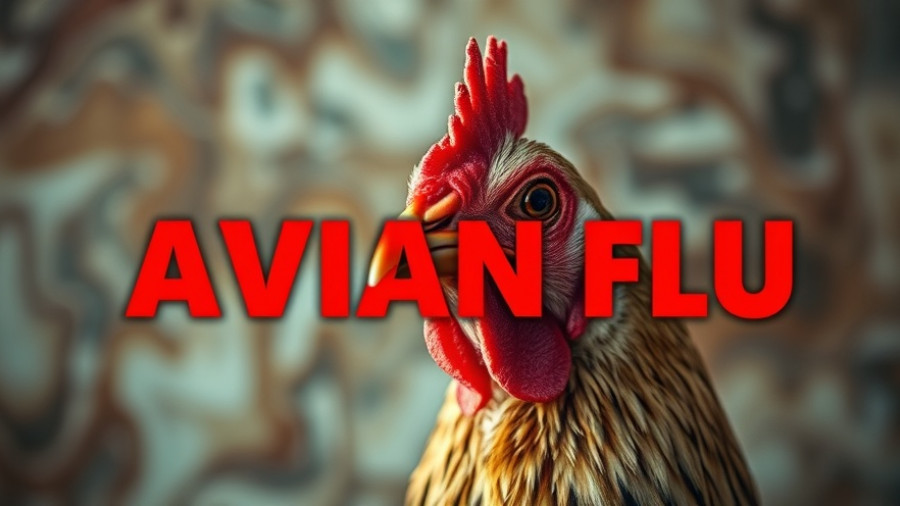
Understanding H5N1 Bird Flu: A Growing Concern
The recent confirmation of a 6-year-old boy in Cambodia as the 13th human case of H5N1 bird flu in 2025 has raised alarm among health officials. The boy, currently in intensive care, is exhibiting severe symptoms including fever, cough, diarrhea, and respiratory issues, following exposure to dead poultry in his village. This case not only highlights the ongoing threat posed by avian influenza but also emphasizes the urgent need for increased awareness and preventive measures in communities at risk.
Past Trends and Current Situations
Since June, Cambodia has seen a notable rise in H5N1 cases, totaling nine confirmed incidents out of the thirteen cases reported this year, six of which have resulted in fatalities. The situation mirrors a larger trend in Southeast Asia where H5N1 outbreaks have been reported, particularly in villages where poultry farming is prevalent. Each human case usually signifies a potential for more extensive viral transmission, mainly among poultry and potentially to humans, stressing the need for continuous monitoring of animal health.
The Importance of Precautionary Measures
In response to the growing number of cases, Cambodian health authorities are taking proactive steps to control the outbreak. Close contacts of the infected child are being treated with the antiviral Tamiflu, a standard protocol following H5N1 detections. Precautionary measures not only protect those in immediate contact but also help in mitigating the risk of broader transmission within communities.
Global Context and Future Implications
Globally, the H5N1 clade 2.3.2.1c is endemic in parts of Asia, with similar strains causing concern in Bangladesh and India. The emergence of another variant, clade 2.3.4.4b, has resulted in increased infections among mammals, raising questions about its potential to adapt and become more transmissible among humans. The surveillance of both poultry and human cases must be emphasized internationally, as the health implications extend beyond national borders; preparedness must be collective.
Community Engagement and Health Education
Community engagement remains crucial in combating the spread of H5N1. Education initiatives aiming to inform the public about the risks associated with handling sick or dead poultry could mitigate future cases. As avian influenza continues to pose a threat not only to birds but to human health as well, fostering a culture of awareness among poultry farmers and local communities is essential for improving response strategies against this virus.
 Add Row
Add Row  Add
Add 




Write A Comment